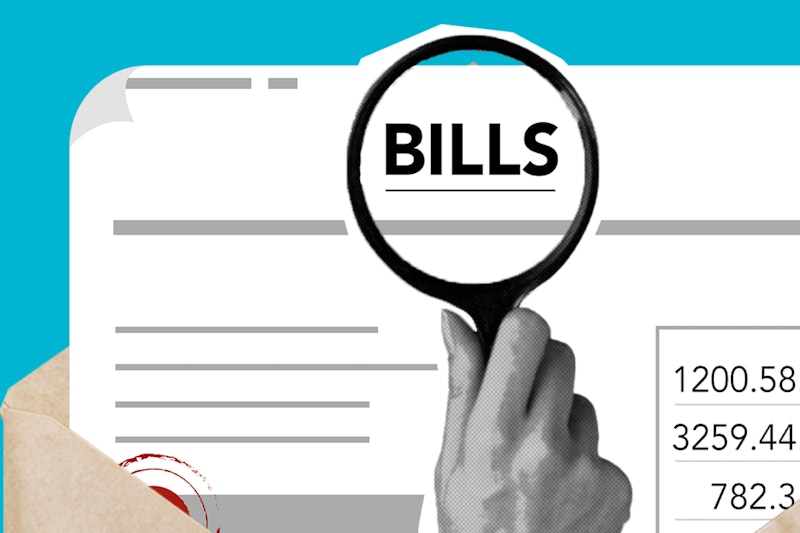
Selling Your Business Part 1: Planning Your Exit
Selling Business Part 1: Planning Your Exit
Building up a business can take years. For some, it will be a lifetime’s work. So when the time comes to sell, you want to make sure you get the best possible return on your investment (ROI).
In this series, we’ll give you all the advice you need to plan your exit, add value to the business, negotiate a great deal and define your new pathway once the business is sold.
Realizing the value that’s locked up in your business isn’t something that happens overnight. Most owners will begin planning the sales of their business well in advance – sometimes years before they actually plan to exit and sell the company to a new owner.
This foresight and planning is essential, giving you plenty of time to form your exit strategy and make the business an attractive proposition to prospective buyers.
Let’s take a look at the important elements to include in your sale plan:
Define your goals for the sale
It’s important to articulate your objectives for exiting the business, whether it’s financial gain, handing the business to the next generation or personal reasons such as ill health or a desire to retire. Sit down and ask yourself WHY you’re selling up and make this goal (or goals) the heart of your exit strategy.
Decide on a timeline
Selling up isn’t a process that can be rushed. Establish a realistic timeline for your exit, taking into account factors such as your age, health and the overall performance of the business. Having a five-year plan for your exit is common, giving you the necessary time to plan your exit and transition the company over to a new owner. Set clear milestones to achieve and aim to stick to your timeline, where possible.
Get a realistic valuation
To understand your potential ROI, it’s vital to get an accurate valuation of the business. Work with your accountant to understand the value of your business assets and engage a broker with experience in your sector to get a valuation of the whole business. Knowing the true worth of the company will help you negotiate more favorable terms with a buyer, generating a better sale price.
Deal with your housekeeping
A buyer wants to purchase a business that’s trouble-free, so it’s vital to address any issues that could negatively impact the company’s value. Make sure you’ve dealt with any outstanding debt, legal matters or operational inefficiencies well before the sale. This will add to the attractiveness of the business and puts you in a strong negotiating position.
Make sure you have multiple exit options
You might have one very clear preferred exit option in mind, but make sure you give yourself a variety of other routes to consider. Explore various exit strategies, such as selling the business outright, transitioning ownership within the family or pursuing an IPO. Think through the pros and cons of each option and choose the one that best suits your current goals and circumstances.
Talk to us about planning the sale of your business
As you’ve seen, there are several important steps to plan before you can think about putting your business on the open market. The earlier you start this exit strategy, the more time you’ll have to plan the fine details, add additional value and achieve the deal you want.
If you’re thinking now’s the time to plan your exit, do come and talk to the team. Together, we’ll work on an exit strategy that hits your goals and delivers the best possible ROI.
The following content was originally published by BOMA. We have updated some of this article for our readers.




